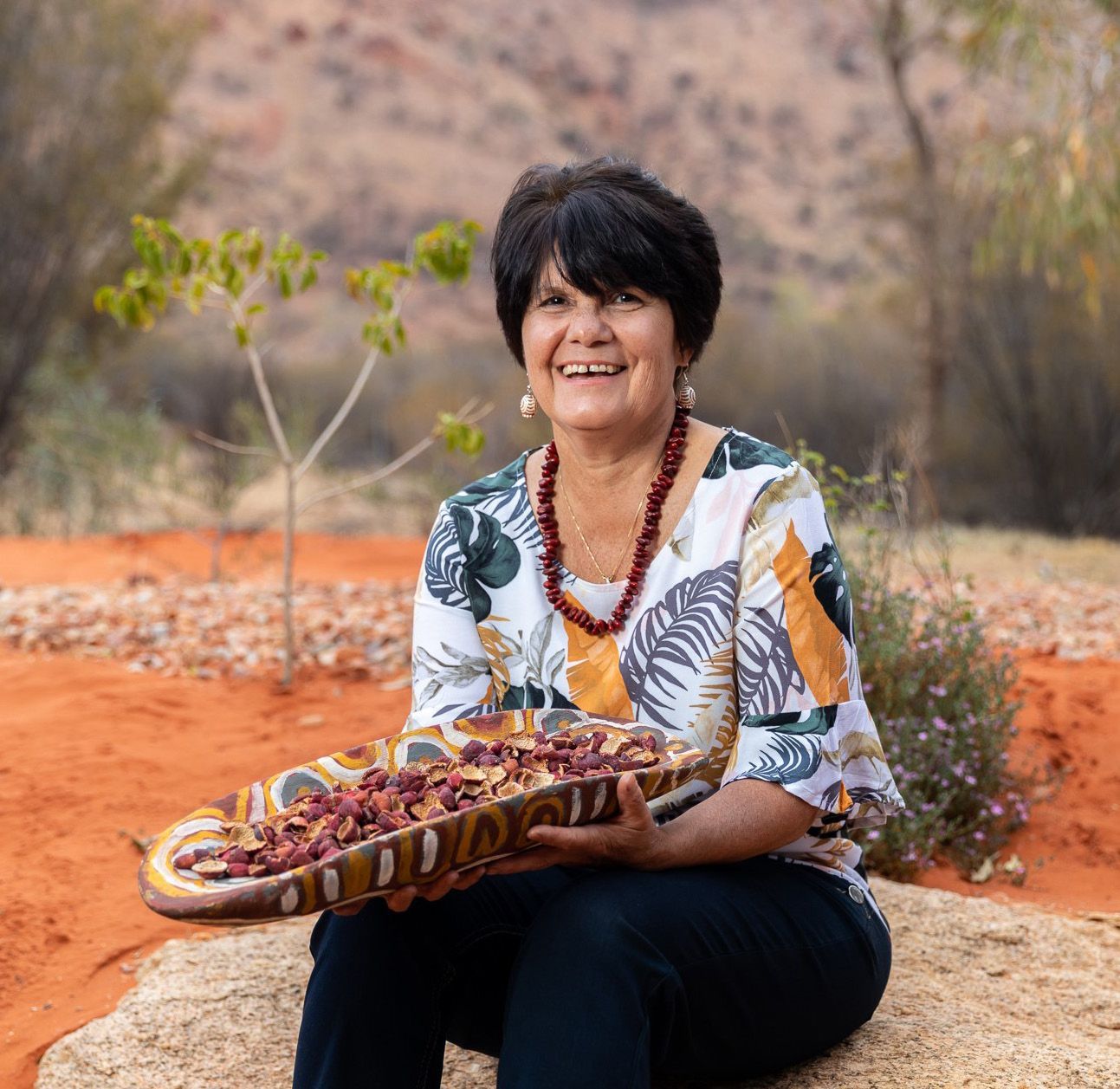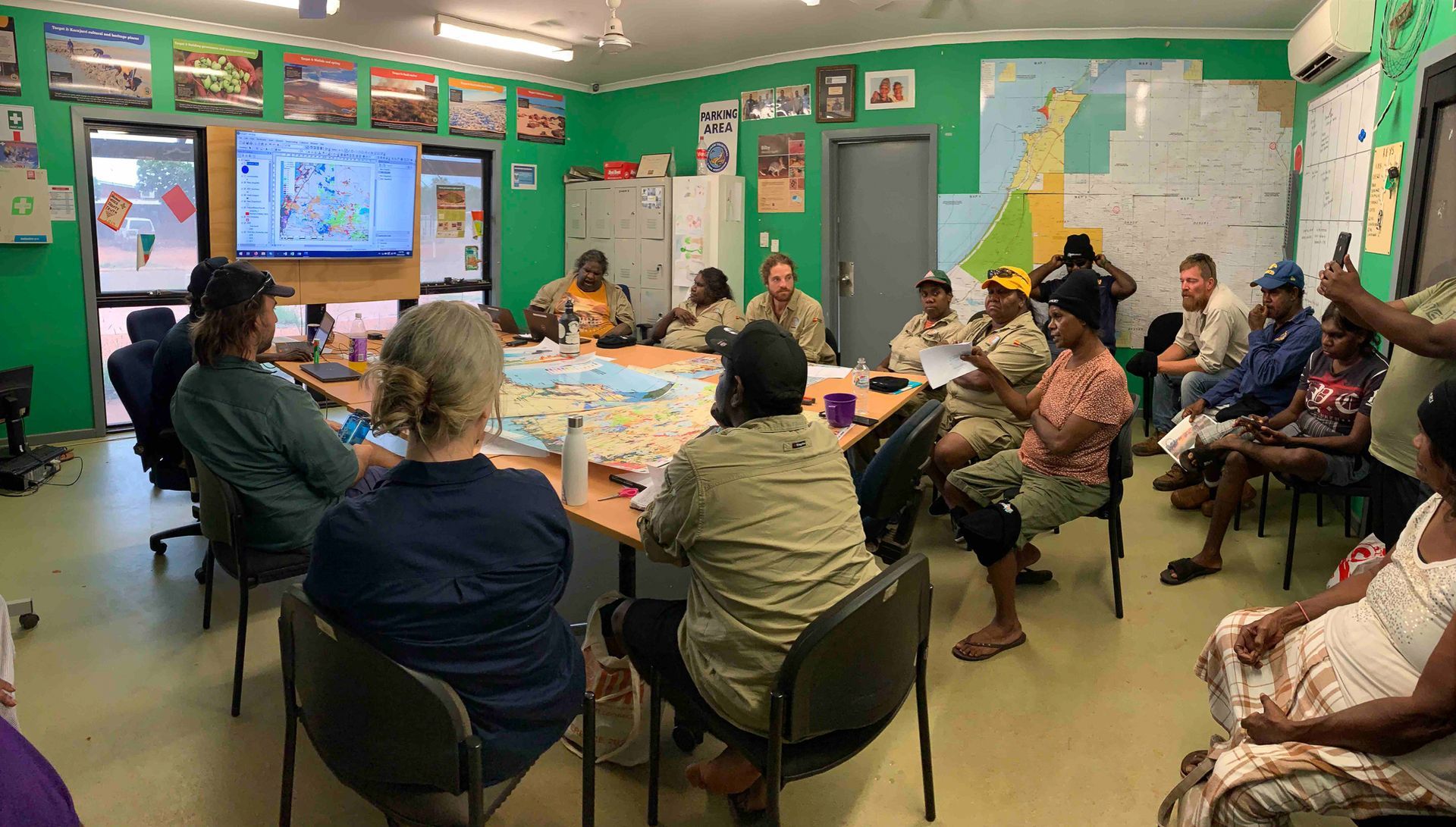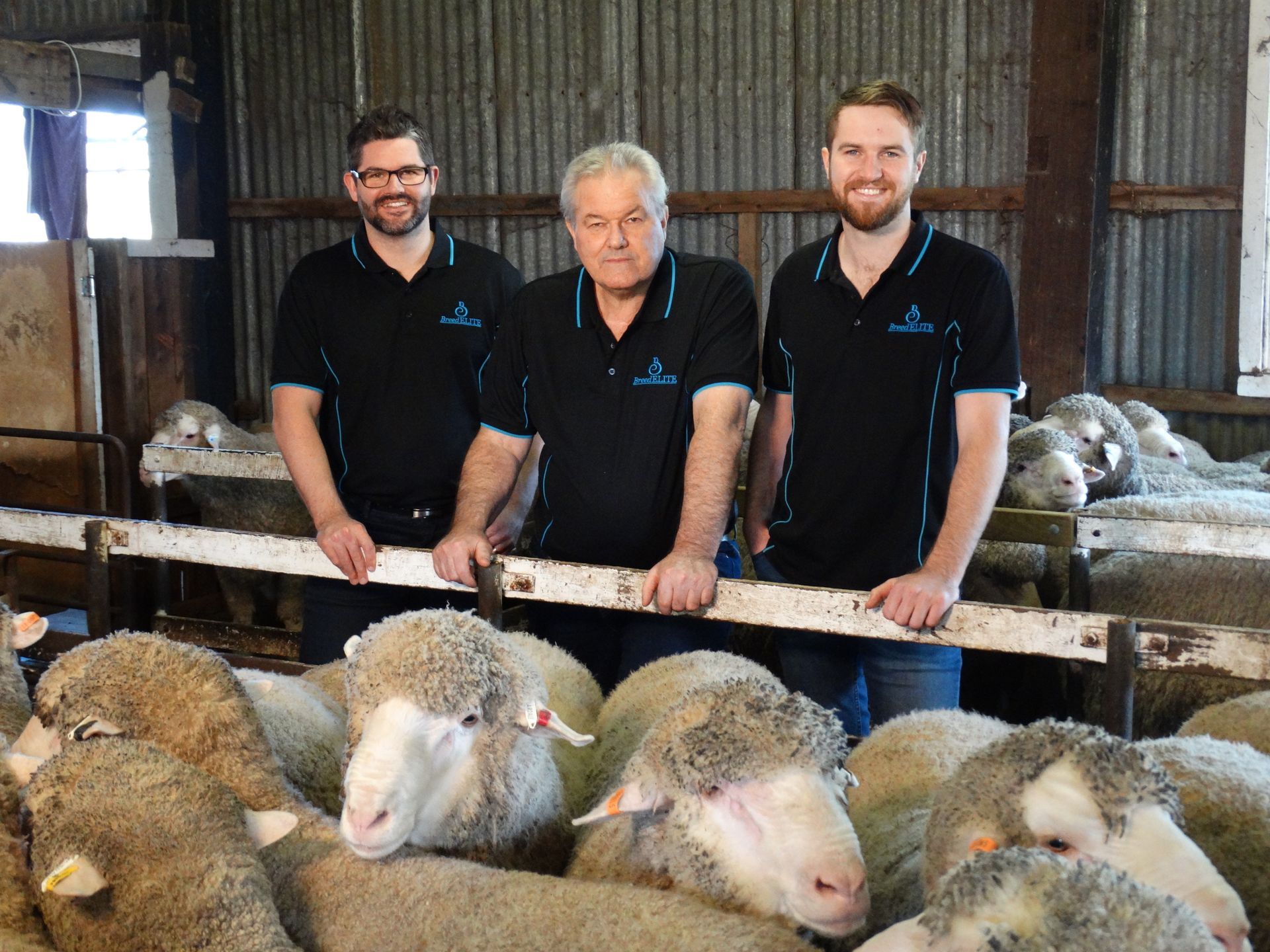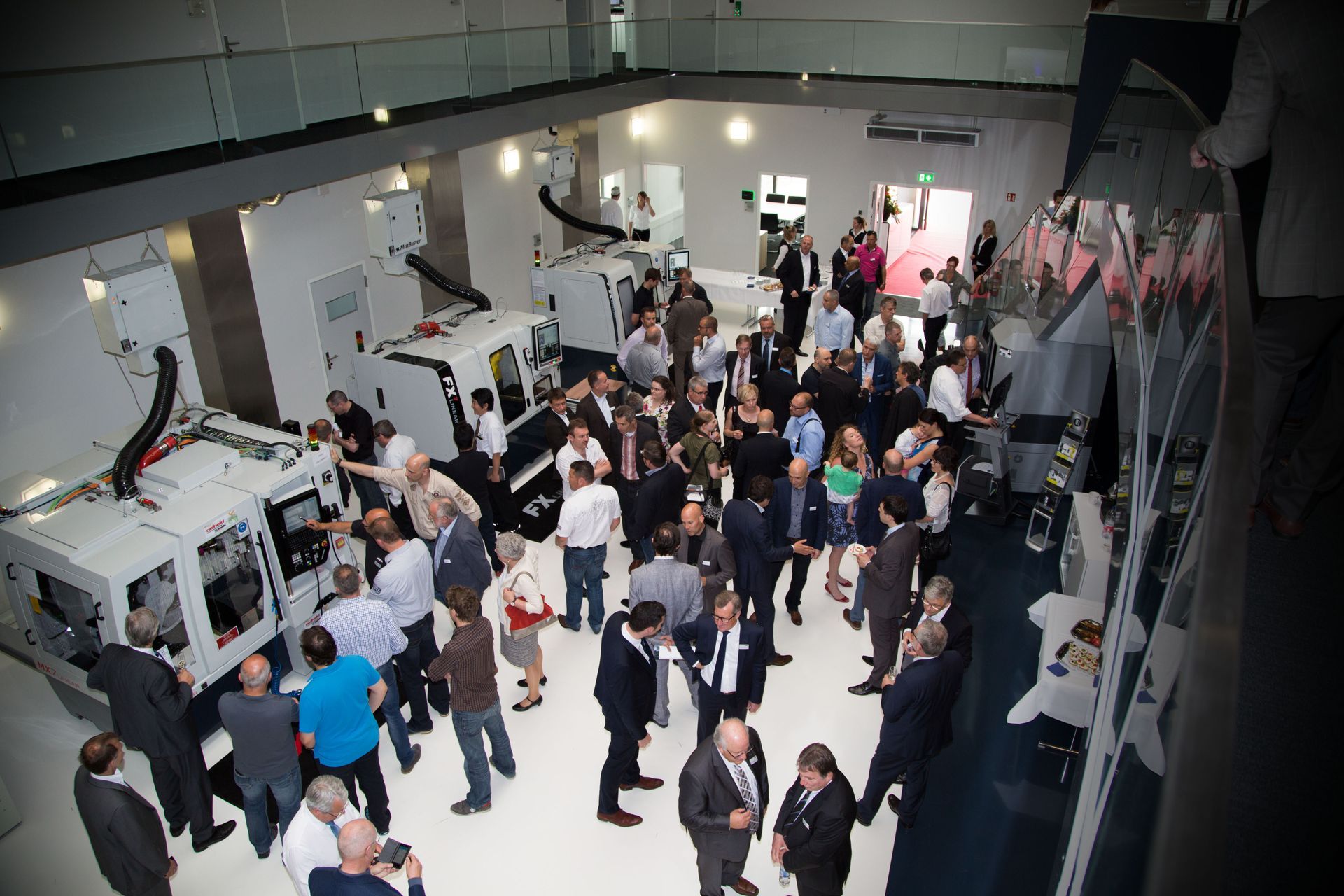Leading by listening: TechnologyOne
Staff Writers
TechnologyOne is now one of the biggest software companies ever to be born out of Australia, thanks to a healthy appetite for risks, and change embedded in its DNA. The enterprise software provider has seen 33 years of consistent growth, with an incredible customer retention rate: 99%.
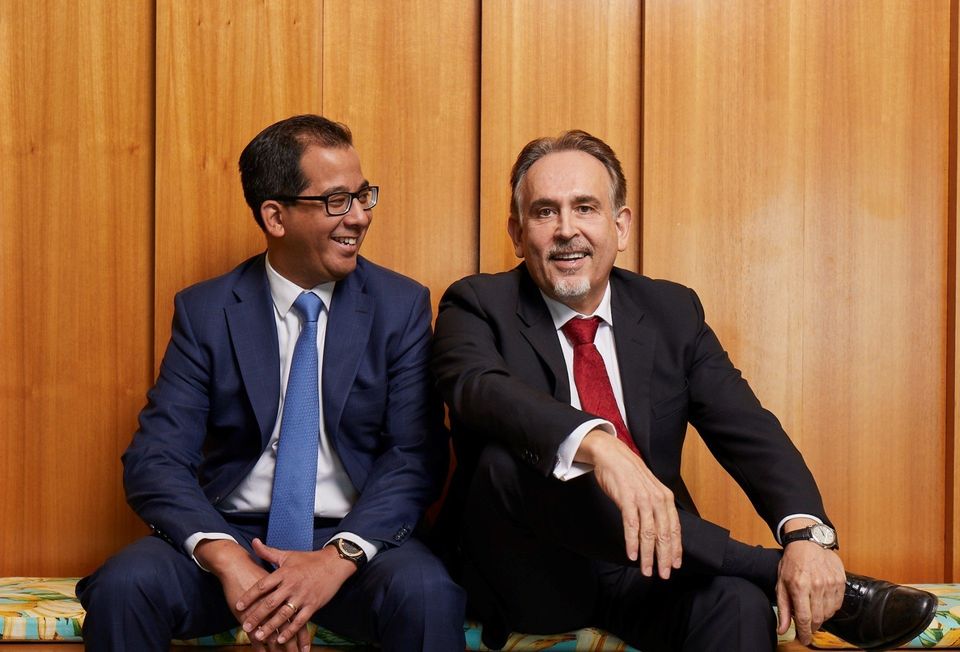
Two generations of leadership: Ed Chung (l) and Adrian Di Marco (r)
The Brisbane-founded, homegrown proudly Australian software company has grown to 1100 staff, with 400-450 developers in the Sunshine State alone. Founded by Adrian Di Marco, it now features six industry-led ERP solutions, that manage the end-to-end business processes for its key markets. That deep functionality has allowed it to outlast highly-specific niche startups that focus on one thing, and do it well.
TechnologyOne contends that the fully integrated enterprise system gives its customers a single source of truth, common platform and consistent look and feel.
Across local government, government, education, health and community services, asset and project intensive industries and financial services and corporates, the company invests significant funds each year in R&D, allowing it to also compete with, and beat, global behemoths like Oracle.
The company has a unique mantra that underpins its growth strategy: The Power of One.
Through the Power of One, the company does not deal with resellers, external implementation partners, or any third parties. When purchasing TechnologyOne software, you will only deal with TechnologyOne staff.
Taking full accountability and having a more direct relationship with the customer has allowed it to tweak and perfect its software over the years.
The numbers validate the strategy: TechnologyOne notes it has a 99% customer retention rate, and has been steadily growing over the past 33 years, with a burst of trend-defying growth for an established company. In 2019, it increased its statutory profit by 208% from the prior corresponding period. In the first half of 2020, it managed to grow the company in an economy contracting from COVID-19, while increasing its R&D spend by 8 per cent.
The company moves at a fast pace, it is prepared to make decisions, test an iteration, and if it gets it wrong, it pivots until it gets it right. Instead of solely planning, it makes decisions and moves.
Since making the bold move to cloud-based Software as a Service (SaaS), the company has supercharged its growth, delivering Australia’s “most trusted SaaS solution” and giving its customers the benefits of cost savings, flexibility, massive economies of scale and hassle-free upgrades.
Building a culture of change among its employees, CEO Ed Chung tells newcomers, “We are going to pick you up and dust you off in the first 12 months, due to that fast rate of change. If you last 12 months, you will be here forever.
“I have been here almost 15 years, and the trajectory we were on, started by Adrian, will continue beyond me. That growth, that excitement keeps us going.”
Employees also know they are part of a company seeking to leave a positive impact. The TechnologyOne Foundation, founded in 2016, has set a goal of freeing 500,000 children from poverty, institutionalising the act of giving within the corporation.
Impressively, the team has exported this dynamic of change and sustainable growth overseas, where it is building its business in the UK, with an eye to take on the US next.
Going global
As TechnologyOne expands globally, the plan is to become more focused, and niche. Staying true to its Power of One strategy, it means investing significantly to match the high-level of customer service offered in Australia.
When it first made the move into the UK, it attempted to conquer the six vertical markets it holds in Australia.
“Scaling a big enterprise solution, with six vertical markets, each spanning multiple products is hard. We made mistakes, localising our products and scaling our consulting business,” admits Chung.
“Now, we focus on one or two key vertical markets when moving to new geographic areas. By being solely focused on higher education or local government, the sales, support, and consulting team only needs to learn and specialise in these vertical markets.”
The approach is to identify high-profile customers, and offer the software for free at first in an early-adopter agreement. This allows it to learn the nuances and subtleties needed in different countries, markets, and regions.
Success in the UK is the company’s recipe for moving into the US, its next planned move.
Moreton Bay Council
North Brisbane’s Moreton Bay Regional Council had been using TechnologyOne OneCouncil ERP software for some 20+ years, beginning with its Financials and Supply Chain Management core products. The Council decided to move to SaaS, with the employees able to access the services anytime, anywhere.
Chung explains, “Although they pay TechnologyOne more, through subscription fees, the money saved on data centres, racks, servers, operating systems, databases, people, power, really adds up.”
From a higher-level perspective, beyond the dollars saved, it allows employees to focus on business, as opposed to technology. The speed and agility of the business improves vastly when adding an additional product or module, taking 24 hours to deploy it via SaaS as opposed to the 24 months needed to deploy it on premise.
After switching its TechnologyOne products over to SaaS, Moreton Bay Regional Council then moved all of its software products, previously run by competitors, over to the TechnologyOne platform – implementing TechnologyOne’s end-to-end OneCouncil ERP solution.
It’s a clear-cut example of the benefit of strong, long-term relationships. It is the reason TechnologyOne leads — because it listens.
This piece is taken from our upcoming book, Australia's Nobel Laureates, Vol. III, celebrating Australian science and innovation. Taking a whole-of-economy healthcheck on Australia's innovation ecosystem, the book features words from industry, academia, and Government.

In 2016 I published a blog article titled Moonshots for Australia: 7 For Now. It’s one of many I have posted on business and innovation in Australia. In that book, I highlighted a number of Industries of the Future among a number of proposed Moonshots. I self-published a book, Innovation in Australia – Creating prosperity for future generations, in 2019, with a follow-up COVID edition in 2020. There is no doubt COVID is causing massive disruption. Prior to COVID, there was little conversation about National Sovereignty or supply chains. Even now, these topics are fading, and we remain preoccupied with productivity and jobs! My motivation for this writing has been the absence of a coherent narrative for Australia’s business future. Over the past six years, little has changed. The Australian ‘psyche’ regarding our political and business systems is programmed to avoid taking a long-term perspective. The short-term nature of Government (3 to 4-year terms), the short-term horizon of the business system (driven by shareholder value), the media culture (infotainment and ‘gotcha’ games), the general Australian population’s cynical perspective and a preoccupation with a lifestyle all create a malaise of strategic thinking and conversation. Ultimately, it leads to a leadership vacuum at all levels. In recent years we have seen the leadership of some of our significant institutions failing to live up to the most basic standards, with Royal Commissions, Inquiries and investigations consuming excessive time and resources. · Catholic Church and other religious bodies · Trade Unions · Banks (and businesses generally, take casinos, for example) · the Australian Defence Force · the Australian cricket teams · our elected representatives and the staff of Parliament House As they say, “A fish rots from the head!” At best, the leadership behaviour in those institutions could be described as unethical and, at worst….just bankrupt! In the last decade, politicians have led us through a game of “leadership by musical chairs” – although, for now, it has stabilised. However, there is still an absence of a coherent narrative about business and wealth creation. It is a challenge. One attempt to provide such a narrative has been the Intergenerational Reports produced by our federal Government every few years since 2002. The shortcomings of the latest Intergenerational Report Each Intergenerational Report examines the long-term sustainability of current government policies and how demographic, technological, and other structural trends may affect the economy and the budget over the next 40 years. The fifth and most recent Intergenerational Report released in 2021 (preceded by Reports in 2002, 2007, 2010 and 2015) provides a narrative about Australia’s future – in essence, it is an extension of the status quo. The Report also highlights three key insights: 1. First, our population is growing slower and ageing faster than expected. 2. The Australian economy will continue to grow, but slower than previously thought. 3. While Australia’s debt is sustainable and low by international standards, the ageing of our population will pressure revenue and expenditure. However, its release came and went with a whimper. The recent Summit on (what was it, Jobs and Skills and productivity?) also seems to have made the difference of a ‘snowflake’ in hell in terms of identifying our long-term challenges and growth industries. Let’s look back to see how we got here and what we can learn. Australia over the last 40 years During Australia’s last period of significant economic reform (the late 1980s and early 1990s), there was a positive attempt at building an inclusive national narrative between Government and business. Multiple documents were published, including: · Australia Reconstructed (1987) – ACTU · Enterprise Bargaining a Better Way of Working (1989) – Business Council of Australia · Innovation in Australia (1991) – Boston Consulting Group · Australia 2010: Creating the Future Australia (1993) – Business Council of Australia · and others. There were workshops, consultations with industry leaders, and conferences across industries to pursue a national microeconomic reform agenda. Remember these concepts? · global competitiveness · benchmarking · best practice · award restructuring and enterprising bargaining · training, management education and multiskilling. This agenda was at the heart of the business conversation. During that time, the Government encouraged high levels of engagement with stakeholders. As a result, I worked with a small group of training professionals to contribute to the debate. Our contribution included events and publications over several years, including What Dawkins, Kelty and Howard All Agree On – Human Resources Strategies for Our Nation (published by the Australian Institute of Training and Development). Unfortunately, these long-term strategic discussions are nowhere near as prevalent among Government and industry today. The 1980s and 1990s were a time of radical change in Australia. It included: · floating the $A · deregulation · award restructuring · lowering/abolishing tariffs · Corporatisation and Commercialisation Ross Garnaut posits that the reforms enabled Australia to lead the developed world in productivity growth – given that it had spent most of the 20th century at the bottom of the developed country league table. However, in his work, The Great Reset, Garnaut says that over the next 20 years, our growth was attributable to the China mining boom, and from there, we settled into “The DOG days” – Australia moved to the back of a slow-moving pack! One unintended consequence of opening our economy to the world is the emasculation of the Australian manufacturing base. The manic pursuit of increased efficiency, lower costs, and shareholder value meant much of the labour-intensive work was outsourced. Manufacturing is now less than 6% of our GDP , less than half of what it was 30 years ago!



